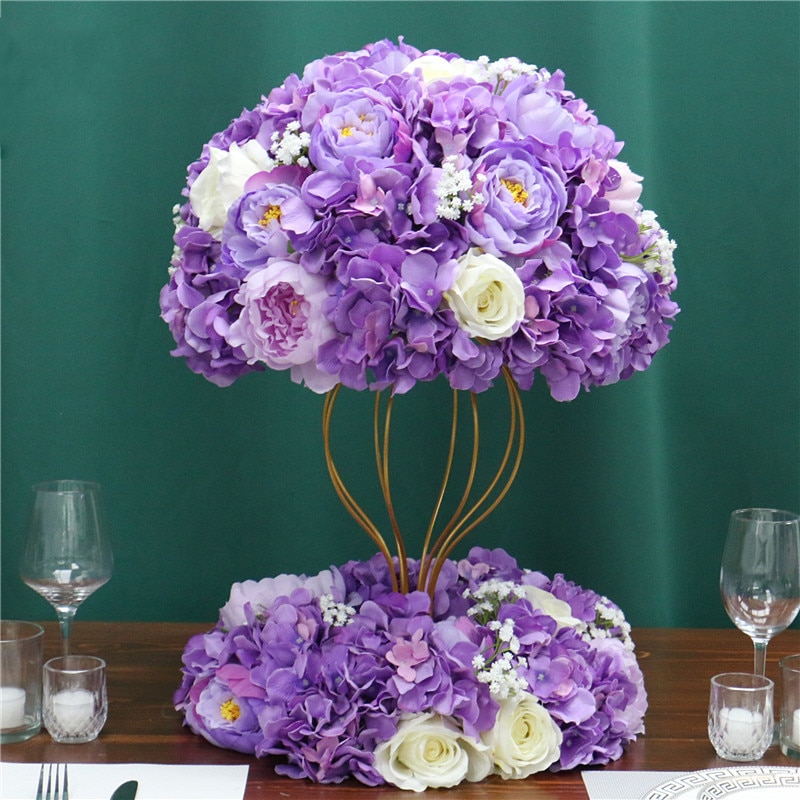what does the flower daisy stand for?
The flower daisy is often associated with innocence, purity, and new beginnings. It is also a symbol of true love, loyalty, and faithfulness. In some cultures, the daisy is believed to represent childbirth and motherhood. The flower has been used in various forms of art and literature to convey different meanings, such as hope, happiness, and simplicity. Overall, the daisy is a versatile and widely recognized symbol that has been used in many different contexts throughout history.
1、 Symbolism in Art and Literature
What does the flower daisy stand for? The daisy has been a popular flower in art and literature for centuries, and its symbolism has evolved over time. In general, the daisy is associated with innocence, purity, and new beginnings. It is often used to represent young love, as well as the idea of hope and optimism.
In medieval times, the daisy was known as the "day's eye" because its petals open and close with the sun. This led to the flower being associated with the idea of a new day and the start of something fresh. In Victorian times, the daisy became a symbol of true love and was often given as a gift to express romantic feelings.
Today, the daisy is still a popular flower in art and literature, and its symbolism continues to evolve. Some people see the daisy as a symbol of simplicity and humility, while others associate it with the idea of inner beauty and strength. In recent years, the daisy has also become a symbol of environmentalism and the fight against climate change, as it is a hardy flower that can thrive in a variety of conditions.
Overall, the daisy is a versatile and meaningful symbol that has been used in art and literature for centuries. Whether you see it as a symbol of innocence, hope, or environmentalism, the daisy remains a beloved flower with a rich history and deep cultural significance.

2、 Folklore and Mythology
What does the flower daisy stand for? In folklore and mythology, the daisy has been associated with various meanings and symbolism. In ancient Roman mythology, the daisy was believed to be the sacred flower of the goddess Venus, representing love and fertility. In Norse mythology, the daisy was associated with Freya, the goddess of love, beauty, and fertility.
In modern times, the daisy has become a symbol of innocence, purity, and simplicity. It is often given as a gift to represent new beginnings, such as the birth of a child or the start of a new relationship. The daisy is also commonly associated with the idea of "he loves me, he loves me not," as the petals are plucked one by one to determine the true feelings of a loved one.
In addition to its symbolic meanings, the daisy is also a popular flower for its beauty and versatility. It is often used in floral arrangements and gardens, and its bright yellow center and white petals make it a cheerful addition to any space.
Overall, the daisy has a rich history of symbolism and meaning in folklore and mythology, and continues to be a beloved flower in modern times for its beauty and versatility.

3、 Botanical Characteristics and Classification
What does the flower daisy stand for? The daisy is a popular flower that is known for its simplicity and beauty. It is a member of the Asteraceae family, which is one of the largest families of flowering plants. The daisy is characterized by its yellow center and white petals, although there are also varieties with pink, red, and purple petals.
In terms of symbolism, the daisy has been associated with a variety of meanings throughout history. In general, it is seen as a symbol of innocence, purity, and new beginnings. It is also associated with love, loyalty, and faithfulness. In some cultures, the daisy is believed to bring good luck and fortune.
From a botanical perspective, the daisy is classified as a perennial herbaceous plant. It is native to Europe, but has been introduced to other parts of the world, including North America and Asia. The daisy is a hardy plant that can grow in a variety of conditions, including full sun and partial shade. It is also tolerant of a range of soil types, although it prefers well-drained soil.
Recent research has shown that the daisy contains a number of compounds that have potential health benefits. For example, it has been found to have anti-inflammatory and antioxidant properties, which may help to reduce the risk of chronic diseases such as cancer and heart disease. Additionally, the daisy has been used in traditional medicine to treat a variety of ailments, including digestive disorders, respiratory infections, and skin conditions.
In conclusion, the daisy is a beautiful and versatile flower that has been valued for its symbolism and medicinal properties for centuries. Whether you are looking to add some color to your garden or simply want to enjoy the beauty of this timeless flower, the daisy is a great choice.

4、 Cultivation and Uses in Gardening
What does the flower daisy stand for?
The flower daisy is a symbol of purity, innocence, and new beginnings. It is also associated with love, loyalty, and beauty. In some cultures, the daisy is believed to bring good luck and fortune.
In gardening, daisies are popular for their bright and cheerful blooms, which can add a splash of color to any garden. They are easy to grow and require minimal maintenance, making them a favorite among novice gardeners.
Daisies are also used in herbal medicine for their anti-inflammatory and pain-relieving properties. They are believed to be effective in treating conditions such as arthritis, menstrual cramps, and headaches.
In recent years, the daisy has also become a symbol of environmentalism and sustainability. As a hardy and resilient plant, it represents the resilience of nature and the importance of protecting our planet.
Overall, the daisy is a versatile and meaningful flower that has captured the hearts of gardeners, herbalists, and environmentalists alike. Whether you are looking to add some color to your garden or seeking natural remedies for common ailments, the daisy is a plant that is sure to delight and inspire.











































Leave your comment